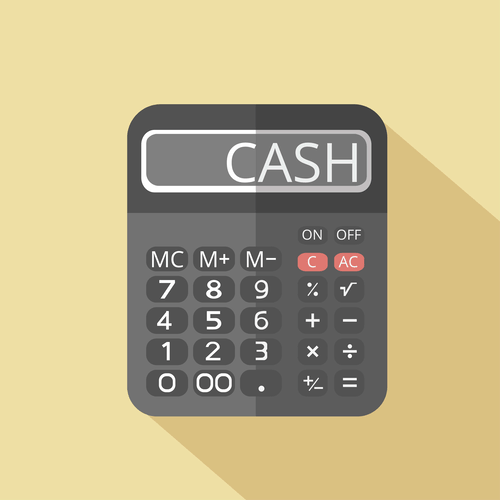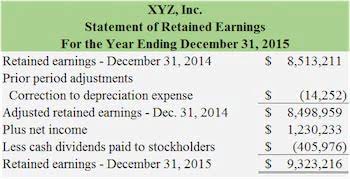Mastering FOB in Shipping: A Complete Guide
28 de julho de 2022
By paying attention to these details, you can craft a watertight FOB agreement that protects your interests and simplifies the shipping process for all parties involved. Just enter the dimensions and weight of your goods and specify the port of shipment, and you’ll get your FOB fob shipping point price calculation instantly. Of the 11 different incoterms that are currently used in international freight, Free on Board (FOB) is the one that you will encounter most frequently. What is FOB shipping, how does it differ from other incoterms, and when should you use it?
Business needs

Which means you may still want to decide between FOB shipping point and FOB destination. Its smart new technology skips hefty international transfer fees by connecting local bank accounts all around the world. Which means you can save up to 8x by using Wise rather than your bank or even PayPal when you send your money abroad. Are you familiar with the concept of FOB Shipping Point and its significance in the world of logistics? In this article, we will delve into the intricacies of FOB Shipping Point, understand what it means, explore the importance of FOB Location, and take a closer look at the role of FOB Warehouse in shipping operations. CIF is a more expensive contract option than FOB, as it demands more effort and expense on the part of the supplier.
- If a shipment is sent FOB shipping point, the sale is considered complete as soon as the items are with the shipment carrier.
- However, this method does place the onus of risk and responsibility firmly on the buyer’s shoulders, from the point of FOB designation to the goods’ arrival at the buyer’s location.
- Here’s how Strikingly can empower you to navigate FOB SP deliveries and streamline your online business operations.
- It indicates the point at which the costs and risks of shipped goods shift from the seller to the buyer.
- Upon delivery of the goods to the destination, the title for the goods transfers from the supplier to the buyer.
FOB Destination Simplified
- In this article, we will delve into the intricacies of FOB Shipping Point, understand what it means, explore the importance of FOB Location, and take a closer look at the role of FOB Warehouse in shipping operations.
- Be explicit in your communications, especially regarding freight charges and when ownership passes between buyer and seller.
- In addition, if the seller is unfamiliar with customs and taxes in the buyer’s port of entry, there may be additional delays and hassles.
- The key is to keep your shipping documents clear, maintain open lines of communication, and consult experts when necessary.
- This means that goods in transit should be reported as a purchase and as inventory by the buyer.
In this article, we’ll dive into the details of each, exploring their pros and cons, legal requirements, negotiation tips, best practices, and more. By the end, you’ll have a comprehensive understanding of the difference between FOB Shipping Point and FOB Destination and how to choose the right option for your freight needs. For example, in FOB shipping point, the buyer is responsible for freight, insurance, and other costs from the shipping point onward. Especially for international ecommerce, a freight forwarder can help manage logistics, reducing the complexity and risk for the buyer in a FOB shipping point agreement. DAP, or “delivered-at-place,” says a seller agrees to be responsible for transporting goods to a location stated in the sales contract.

How to document FOB shipping terms

It is an essential term in shipping and logistics, especially in e-commerce businesses. Whether you’re the buyer or the seller, neglecting insurance can leave you exposed to risks during international trade, especially when shipping via a freight forwarder. This means that your shipment is in the proverbial hands of the supplier through the process of transporting them to a port and loading them aboard a ship.
While FOB shipping point does transfer risk to the buyer, it may affect a seller’s reputation and sales conversion rate. Shipping costs are reduced, but fewer buyers are willing to accept shipping point terms, especially on large or fragile orders. Before negotiating, make sure you understand the consequences of using FOB shipping point or FOB destination for your purchase—in terms of costs, risks, and responsibilities. Some companies will offer different international shipping for different types of products. CIF means “cost, insurance, and freight.” Under this rule, the seller agrees to pay for delivery of goods to the destination port, as well as minimum insurance coverage.
There are situations where you may be responsible for covering costs before your goods are on board. This guide cuts through the legal jargon and explains everything you need to know about this common incoterm in plain English. This means that no matter where you ship from, you will encounter the same regulations.
Insurance Claims Under FOB Shipping Point Terms
One important thing to note about FOB Shipping Point is that it is different from FOB Destination. With FOB Destination, the seller is responsible for the goods until they reach the buyer’s location. This means that if the goods are damaged or lost during transit, the seller is responsible for filing a claim with the carrier or their insurance company. It is important to note that FOB Destination is often preferred by buyers, as it places the responsibility of the goods on the seller until they reach their final destination.
Reducing freight costs with FOB Shipping Point and FOB Destination requires a strategic approach to transportation. Tips include negotiating rates with carriers, consolidating shipments, and using freight payment solutions to streamline the process. Incoterms are standardized terms used in international commerce to define the responsibilities of buyers and sellers in shipping transactions.
- Understanding these variations can profoundly affect your supply chain and your ability to manage shipping costs effectively.
- If the same seller issued a price quote of “$5000 FOB Miami”, then the seller would cover shipping to the buyer’s location.
- The manufacturer records the sale at the shipping point, at which time they also make an entry for accounts receivable and reduce their inventory balance.
- The term “freight on board” originated from the days of sailing ships when goods were “passed over the rail by hand,” as defined in Incoterm.
- The accounting entries are often performed earlier for a FOB shipping point transaction than a FOB destination transaction.
- This responsibility includes tasks such as finding a suitable carrier, negotiating rates, handling export documentation, and covering additional expenses like insurance, customs clearance, and other logistical services.
